The Clergy presiding over the service wore matching cream-colored vestments with tapestry orphreys. Another clergy wore vestments such as surplices, dalmatic, tunic, and chasuble, according to their role and position within the church. Clergy robed in matching white chasubles lined the stairs to pay their last respects as the flag-draped coffin left the Cathedral
Like this:
Like Loading...
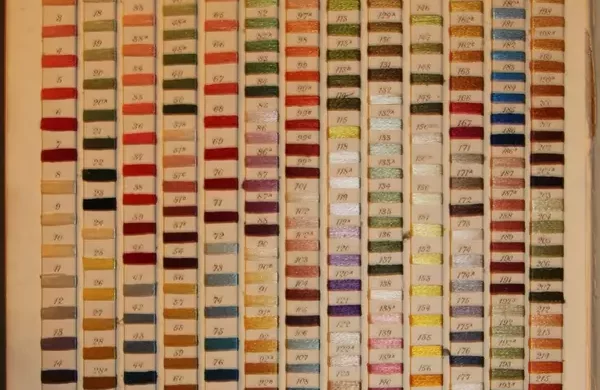
Author notes from original copy
– The color card at the beginning of the book has been inserted by the kind permission of Messrs. Liberty & Co., of Regent Street, London; and A. R. cannot say enough in praise of their colors and the Filo Floss silks sold by them. Many of the colors, she says, are perfect; and this verdict is made after comparing them with many original pictures of the old masters in Italy and elsewhere – the shades of red, green, blue, and browns being spoken of with special praise.
Like this:
Like Loading...
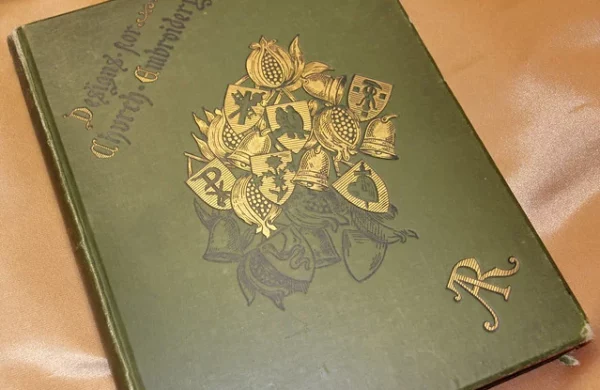
Vintage Vestment Book Treasure: The book title is written diagonally across the upper left corner, and the initials AR are in the lower left corner. The inscription or dedication also lends a bit of mystery: To my friend Alethea Wiel The Designs in this Volume are Dedicated A. R.
Like this:
Like Loading...
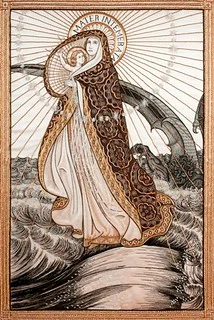
The Royal School of Needlework has an exhibit titled: ‘For Worship & Glory’ taking place at Chester Cathedral, 3 – 28 February 2016. The highlight of the exhibit is six pieces of the famous Litany of Lorento embroideries, which were donated to the Royal School by the nuns from the now-closed Convent of the Holy Child in Mayfield East Sussex.
Like this:
Like Loading...

Reading about techniques from church embroidery and church vestment books.
Like this:
Like Loading...
Ecclesiastical Sewing and Church vestment-making news from around the internet.
Like this:
Like Loading...

Within the Lutheran Church-Missouri Synod, red is the traditional liturgical color to be worn for installation service. And look at all of the lovely red stoles! Within our church body, it is tradition for pastors within the local circuit to attend the installation service of a brother pastor. At this installation service, there were a total of seventeen pastors vested in red stoles! There is a wealth and abundance in the variety of pastoral stoles.
Like this:
Like Loading...

When creating a new vestment pattern. The first rule: make the pattern so that if I were purchasing, the pattern could be opened, and reviewed, and after understanding the instructions and layout, the pattern were ready to use.
Like this:
Like Loading...

Creating church vestment patterns involves careful drafting, adjusting for style and fit, and attention to detail. The process includes making a master pattern, modifying it, and fine-tuning for the desired result. The Rochet and Monastic Choir Alb patterns are in progress, with multiple sizes planned.
Like this:
Like Loading...

The name of Lucy Vaughn Hayden Mackrille is well known by many involved in Ecclesiastical Sewing and the making of church vestments as the founder of the Washington Cathedral Altar Guild. Her book entitled Church Embroidery and Church Vestments is a valuable resource for seamstresses, providing detailed instructions for making many vestments.
Like this:
Like Loading...
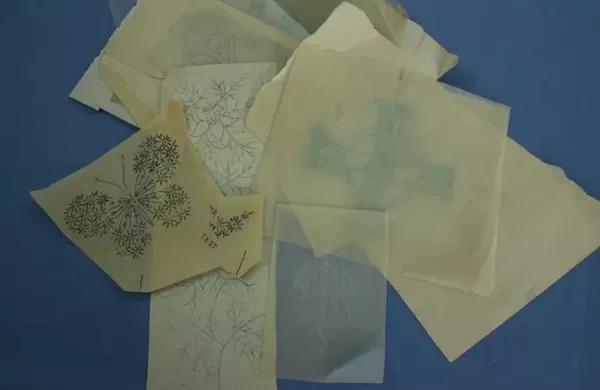
A collection of historic designs on aged paper dating from the 1870s to around 1940 and beyond. The collection includes original works by renowned designers from the Gothic age spanning the last two centuries, including perforated designs and transfers sourced from an antique Thomas Brown and Sons catalog. The designs are currently undergoing verification after a thorough historical tracing. It’s important to document and preserve this collection for future generations as a valuable resource for study and learning.
Like this:
Like Loading...
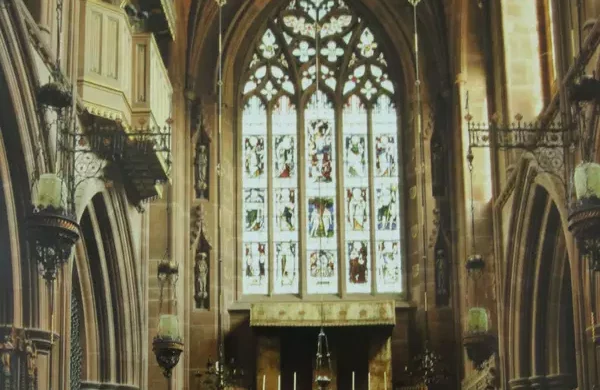
This book is about George Frederick Bodley’s life and work, along with other influential figures like John D. Sedding and A.W.N. Pugin. It covers various schools and methodologies, showcasing famous works. The book also explores how these visionaries collaborated with artisans in creating church artworks. With over five hundred pages, it’s a detailed journey into the design process of churches and their furnishings.
Like this:
Like Loading...
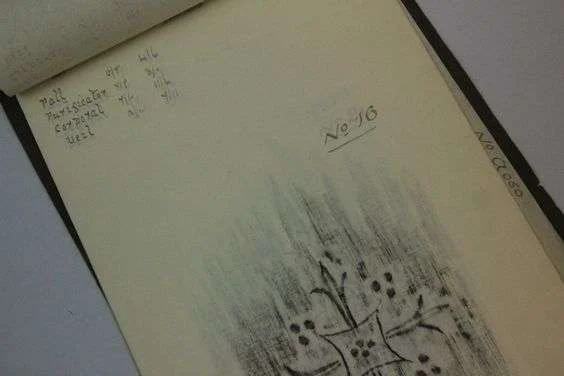
Handmade booklet with tracings and designs for hand embroidery on church linens. It includes a cross-with-crowns pattern and larger sheets with iron-on transfers for clear designs. The book also has traced hand embroidery designs and possible pricing info for different linen sizes.
Like this:
Like Loading...

This book is written with the primary idea of promoting a more reverently industrious spirit among the people of our parishes. Incidentally the making of Vestments by the women of the parish saves a great deal of needless expense; but it also brings all those who assist in such work into closer touch with the Church, her meaning,s and her blessed privileges. The fashioning of Vestments is not an idle task, nor should it be undertaken lightly. Vestments ought to be made when one is in a different frame of mind than one is likely to be when making a centre-piece or an apron, or even an exquisitely embroidered garment. One should bear in mind that one is busy upon holy garments – garments in which a Priest of God is to stand arrayed…..(Weston, 1914, p. vii)
Like this:
Like Loading...
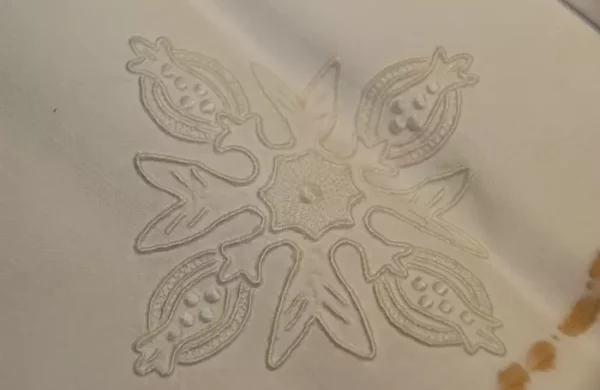
New altar linen project, a quick peek at some photos of whitework embroidery on linens.
Like this:
Like Loading...














You must be logged in to post a comment.